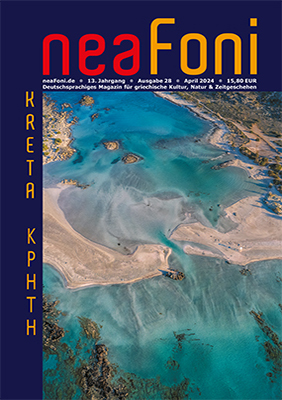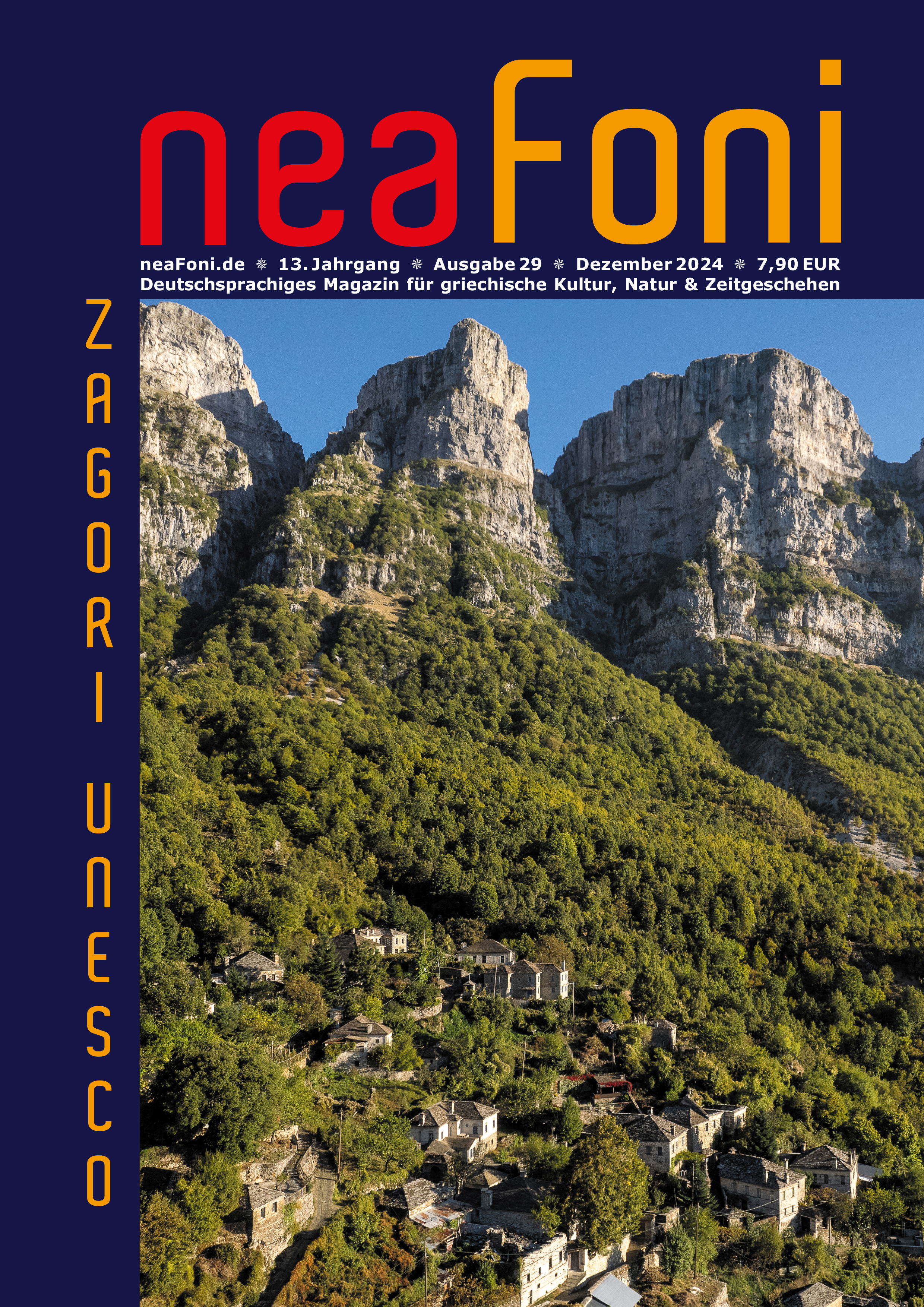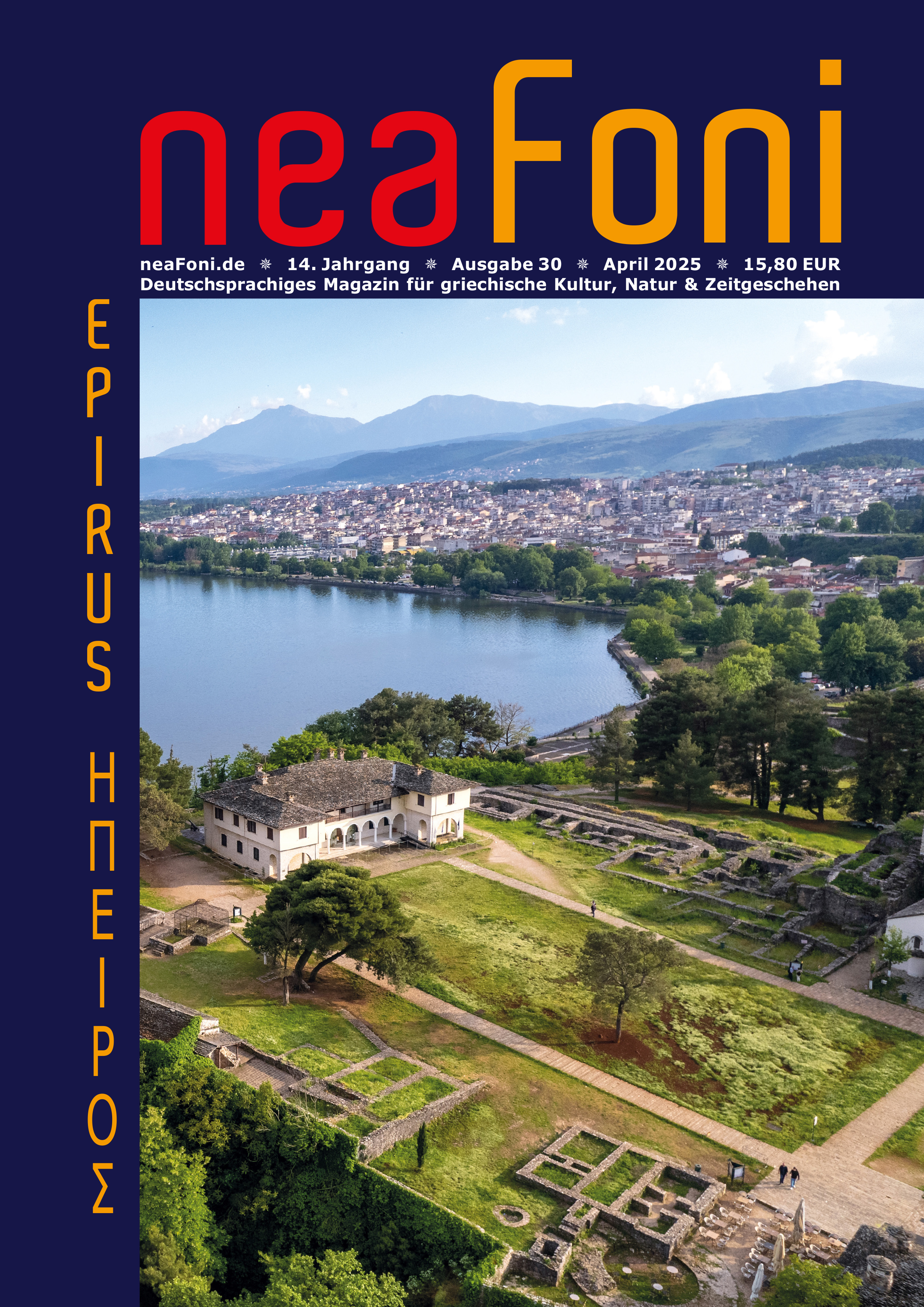Archäologische Museen
2.176 Wörter 8 Minuten 7.532 × gelesen
Ausgrabungen
236 Wörter 1 Minute 3.146 × gelesen
2.305 Wörter 8 Minuten 3.873 × gelesen
1.124 Wörter 4 Minuten 479 × gelesen
Burgen & Festungen
280 Wörter 1 Minute 1.604 × gelesen
302 Wörter 1 Minute 2.746 × gelesen
Drohne / PELOPONNES
123 Wörter 1 Minute 2.051 × gelesen
Festland - Peloponnes
303 Wörter 1 Minute 758 × gelesen
Inseln - Regionalbezirk Inseln Attikas
335 Wörter 1 Minute 1.461 × gelesen
9 Artikel gefunden in 6 Artikelgruppen
583 Bilder gefunden




